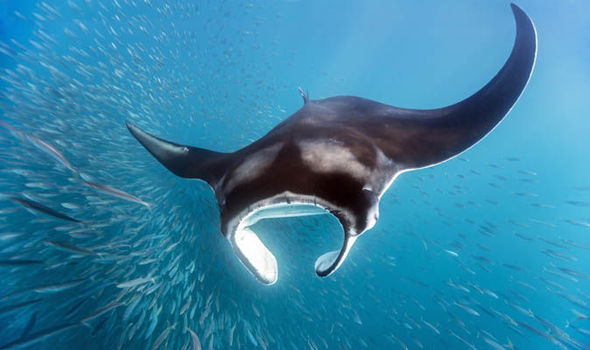Senses are how our brains make sense of our surroundings. Most of us were taught in school that humans possess five senses — sight, hearing, smell, taste, and touch. We also learned that many animals have similar senses but often within different ranges. For instance, humans can perceive red, green, and blue light, whereas many bird species can see these colors plus UV light; however, dogs only perceive yellow and blue light. Additionally, while humans can hear frequencies up to approximately 23,000 Hz, dogs can detect sounds up to 45,000 Hz. Yet, these represent only five senses. The actual count can vary based on what is deemed a single sense, but many scientists propose that humans have at least nine, with some suggesting there might be several dozen! Furthermore, numerous other animals possess extra senses as well. Below are a few examples of these senses.
## Body Awareness
Proprioception refers to the capacity to perceive your body and its position, while kinesthesia involves sensing how your body moves. These senses assist in maintaining balance and applying the correct force for daily activities. The ability to walk with closed eyes stems from proprioception and kinesthesia, which do not depend on visual input. Instead, they use sensory organs situated in your muscles known as spindles. Each muscle spindle coils around muscle fibers and communicates information about the length and speed of stretching to your spinal cord and brain, which interpret this data to ascertain your body’s position.
## Sensation of Pain
The experience of physical pain is termed nociception. When tissue is injured, pain receptors known as nociceptors get activated and transmit an electrical signal through a nerve to your spinal cord. The nerve fibers that send pain signals differ from those that convey proprioception and touch information. Once the spinal cord receives the signal, it may initiate a reflex action, like flinching away from the painful stimulus. Simultaneously, it relays signals to the brain, which processes them, enabling you to perceive the pain. This mechanism aids in avoiding the source of pain in the future.
## Sensitivity to Temperature
Humans are equipped with various types of thermoreceptors that can sense heat, cold, or both. The information about temperature travels along the same nerve fibers that carry pain signals, explaining why extreme temperatures may be perceived as painful.
## Sense of Balance
Our sense of balance is managed by the vestibular system located in the inner ear. This system comprises three semicircular canals, filled with fluid and lined with hairs that detect the movement of this fluid. Each canal is designated for sensing balance in a specific direction.
## Echolocation
Humans possess depth perception owing to having two eyes, allowing us to observe the world from varied angles, which provides enough information for distance judgment. However, many animals, particularly nocturnal and burrowing species, cannot rely on vision for obstacle detection. These creatures, including certain bats, toothed whales (like dolphins), and small mammals, utilize echolocation for distance measurement. An animal engages in echolocation by emitting a series of clicking sounds and listening for the echoes these sound waves produce as they bounce off obstacles. Since sound takes time to travel, animals can ascertain their distance from an object based on how long it takes for the echo to return. Bats utilize echolocation to hunt and navigate around obstacles, emitting very high-pitched sounds, typically outside of human hearing range, and increasing the speed of their clicks as they approach their prey for greater precision. Similarly, toothed whales, like dolphins, use echolocation for the same objectives. These marine mammals possess a melon, a fat deposit located at the top of their head, which enhances clarity of the reflected sound waves. Interestingly, humans can also learn to echolocate, aiding visually impaired individuals in perceiving their environment.
## Detection of Electricity
Electroreception is primarily found in aquatic creatures, as air significantly impedes electricity, making current detection challenging. Some animals utilizing electroreception include sharks, rays, other fish, and bees. Sharks and rays, notably, feature electroreceptors known as ampullae of Lorenzini embedded in their skin. These organs can detect electrical currents from prey, even when concealed beneath the sand. Furthermore, certain fish species use electricity for communication, and bees are capable of detecting electrical currents emanating from flowers.
## Sensitivity to Magnetic Fields
Many creatures, including birds, turtles, bees, and numerous others, can perceive the Earth’s magnetic field, assisting in seasonal migration and navigation across oceans. Scientists are not entirely certain of the mechanisms behind this sense, referred to as magnetoreception. One primary theory suggests that animals discern the direction of field lines through the protein cryptochrome present in their
